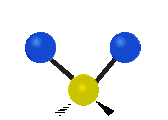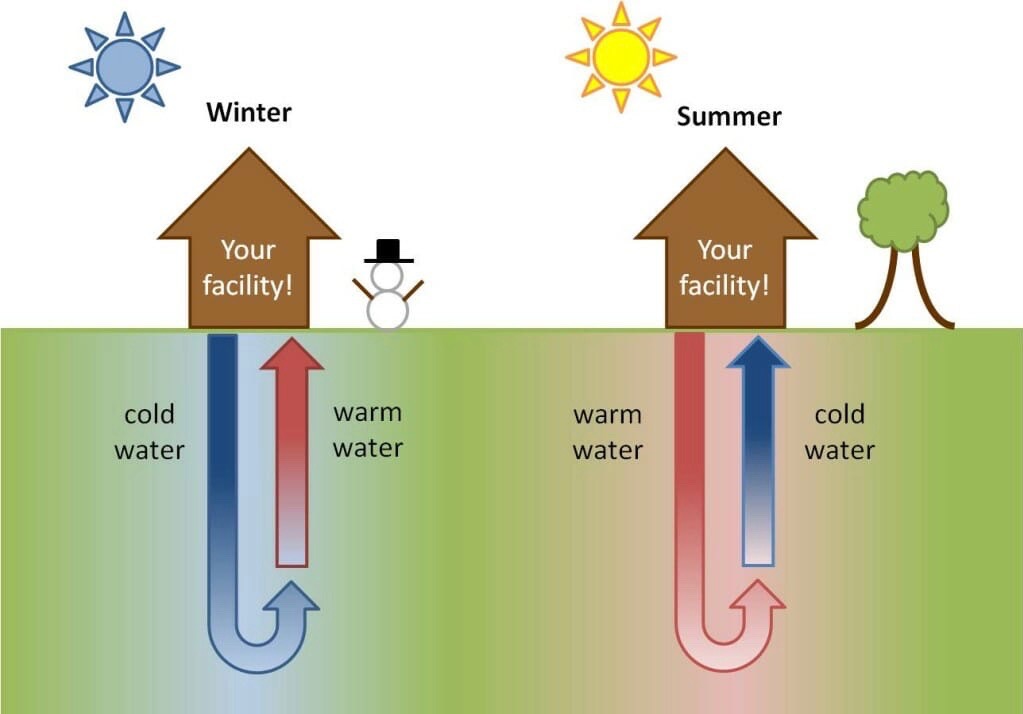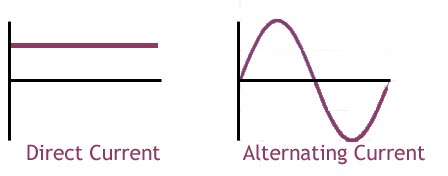Baghdad Battery or Parthian Battery
A set of three artifacts were found together: a ceramic pot, a tube of copper, and a rod of iron. It was discovered in modern Khujut Rabu, Iraq, close to the metropolis of Ctesiphon, the capital of the Parthian (150 BC – 223 AD) and Sasanian (224–650 AD) empires of Persia, and it is believed to date from either of these periods.
It was in 1938, while working in Khujut Rabu, just outside Baghdad in modern day Iraq, that German archaeologist Wilhelm Konig unearthed a five-inch-long (13 cm) clay jar containing a copper cylinder that encased an iron rod.
More than 60 years after their discovery, the batteries of Baghdad – as there are perhaps a dozen of them – are shrouded in myth.
“The batteries have always attracted interest as curios,” says Dr Paul Craddock, a metallurgy expert of the ancient Near East from the British Museum.
“They are a one-off. As far as we know, nobody else has found anything like these. They are odd things; they are one of life’s enigmas.”
No two accounts of them are the same. Some say the batteries were excavated, others that Konig found them in the basement of the Baghdad Museum when he took over as director. There is no definite figure on how many have been found, and their age is disputed. Skilled warriors, the Parthians were not noted for their scientific achievements.
“Although this collection of objects is usually dated as Parthian, the grounds for this are unclear,” says Dr St John Simpson, also from the department of the ancient Near East at the British Museum.
“The pot itself is Sassanian. This discrepancy presumably lies either in a misidentification of the age of the ceramic vessel, or the site at which they were found.”

It was in 1938, while working in Khujut Rabu, just outside Baghdad in modern day Iraq, that German archaeologist Wilhelm Konig unearthed a five-inch-long (13 cm) clay jar containing a copper cylinder that encased an iron rod.
The vessel showed signs of corrosion, and early tests revealed that an acidic agent, such as vinegar or wine had been present.
In the early 1900s, many European archaeologists were excavating ancient Mesopotamian sites, looking for evidence of Biblical tales like the Tree of Knowledge and Noah’s flood.
Konig did not waste his time finding alternative explanations for his discovery. To him, it had to have been a battery.
Though this was hard to explain, and did not sit comfortably with the religious ideology of the time, he published his conclusions. But soon the world was at war, and his discovery was forgotten.
Scientific Awareness
The artifacts consist of a terracotta pot approximately 130 mm (5 in) tall (with a one-and-a-half-inch mouth) containing a cylinder made of a rolled copper sheet, which houses a single iron rod. At the top, the iron rod is isolated from the copper by bitumen, with plugs or stoppers, and both rod and cylinder fit snugly inside the opening of the jar. The copper cylinder is not watertight, so if the jar were filled with a liquid, this would surround the iron rod as well. The artifact had been exposed to the weather and had suffered corrosion.
More than 60 years after their discovery, the batteries of Baghdad – as there are perhaps a dozen of them – are shrouded in myth.
“The batteries have always attracted interest as curios,” says Dr Paul Craddock, a metallurgy expert of the ancient Near East from the British Museum.
“They are a one-off. As far as we know, nobody else has found anything like these. They are odd things; they are one of life’s enigmas.”
No two accounts of them are the same. Some say the batteries were excavated, others that Konig found them in the basement of the Baghdad Museum when he took over as director. There is no definite figure on how many have been found, and their age is disputed.
Most sources date the batteries to around 200 BC – in the Parthian era, circa 250 BC to AD 225. Skilled warriors, the Parthians were not noted for their scientific achievements.
“Although this collection of objects is usually dated as Parthian, the grounds for this are unclear,” says Dr St John Simpson, also from the department of the ancient Near East at the British Museum.
“The pot itself is Sassanian. This discrepancy presumably lies either in a misidentification of the age of the ceramic vessel, or the site at which they were found.”
Possible Uses
Some have suggested the batteries may have been used medicinally.
The ancient Greeks wrote of the pain killing effect of electric fish when applied to the soles of the feet.
The Chinese had developed acupuncture by this time, and still use acupuncture combined with an electric current. This may explain the presence of needle-like objects found with some of the batteries.
But this tiny voltage would surely have been ineffective against real pain, considering the well-recorded use of other painkillers in the ancient world like cannabis, opium and wine.
Other scientists believe the batteries were used for electroplating – transferring a thin layer of metal on to another metal surface – a technique still used today and a common classroom experiment.
This idea is appealing because at its core lies the mother of many inventions: money.
In the making of jewellery, for example, a layer of gold or silver is often applied to enhance its beauty in a process called gilding.
Grape Electrolyte
Two main techniques of gilding were used at the time and are still in use today: hammering the precious metal into thin strips using brute force, or mixing it with a mercury base which is then pasted over the article.
These techniques are effective, but wasteful compared with the addition of a small but consistent layer of metal by electro-deposition. The ability to mysteriously electroplate gold or silver on to such objects would not only save precious resources and money, but could also win you important friends at court.
A palace, kingdom, or even the sultan’s daughter may have been the reward for such knowledge – and motivation to keep it secret.
Testing this idea in the late seventies, Dr Arne Eggebrecht, then director of Roemer and Pelizaeus Museum in Hildesheim, connected many replica Baghdad batteries together using grape juice as an electrolyte, and claimed to have deposited a thin layer of silver on to another surface, just one ten thousandth of a millimetre thick.
Other researchers though, have disputed these results and have been unable to replicate them.
“There does not exist any written documentation of the experiments which took place here in 1978,” says Dr Bettina Schmitz, currently a researcher based at the same Roemer and Pelizaeus Museum.
“The experiments weren’t even documented by photos, which really is a pity,” she says. “I have searched through the archives of this museum and I talked to everyone involved in 1978 with no results.”
What Happened to Batteries
A little prior to the invasion of Iraq on March 20 in 2003, the museum closed its doors to the public. Nearly 8,366 small items were hidden away at a storage location, sworn not to be revealed to anyone, by a few members of the staff. The larger ones that could not be moved and a few other items were covered with foam and rubber for protection. On April 10 in 2003, the museum was plundered and more than 10,000 items were stolen. One of those was the Baghdad Battery. An assessment of losses incurred and an investigation report was submitted by US Marine Colonel Matthew Bogdanos, who made an extensive list of the number of stolen artefacts. Bogdanos was convinced that the stealing had taken place in 3 parts in different instances.
Due to a local amnesty programme, and through seizures, around 3,037 items were recovered by January 2004. A year later, by January 2005, the museum had received another 2,307 items that had been stolen. On January 30 in 2012, 45 missing relics were returned to Iraq by Germany. However, according to the general director of the museum, Amira Eidan, nearly 10,000 antique national treasures were still missing at that time. The National Museum of Iraq officially reopened to the public in February 2015. One of the rare artefact that is still missing is the Baghdad Battery.
The purpose and the current location of the Baghdad Battery, both remain a mystery till date. The Baghdad Battery is just one of the many unexplained ancient phenomena that have been encountered by modern man.
Sources: BBC


























































































